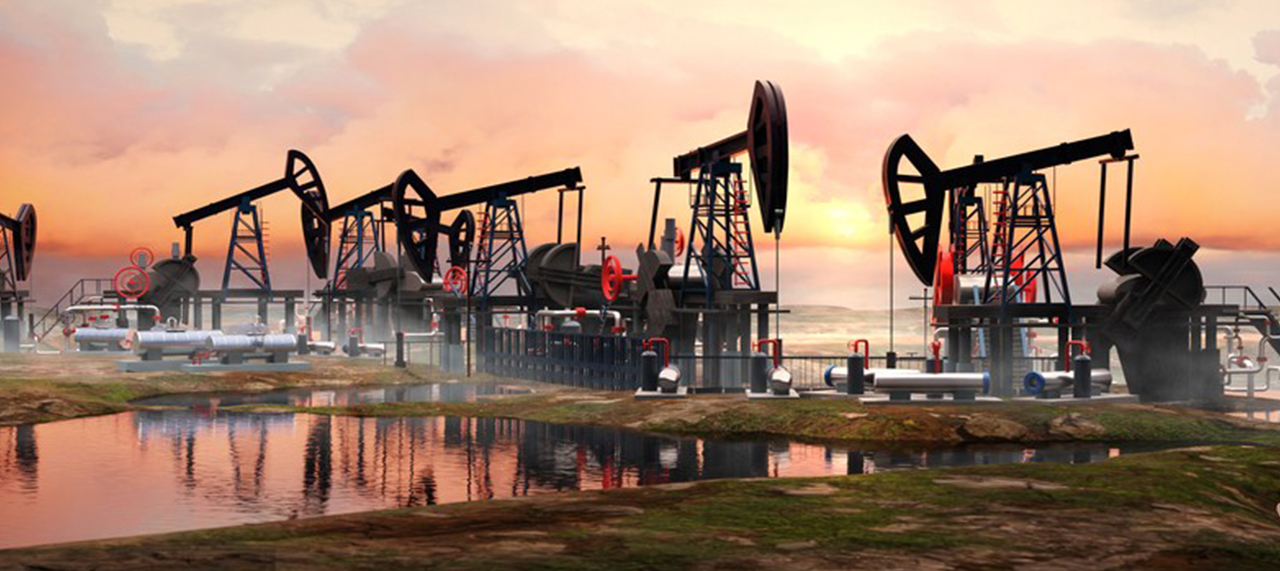Share this
The flange is an important part of connecting pipes and pipes. It is connected to the pipe end. There are holes in the flange. The two flanges are tightly connected with wear-resistant bolts, and the flanges are sealed with gaskets.
There are two connection methods between container parts: non-detachable (welding) and detachable. Due to the needs of the production process, in order to facilitate manufacturing, transportation, installation and maintenance, the cylinder and the cylinder head, the pipeline and the valve are often used. Dismantle the flange connection.
Detachable structures include flange connections, threaded connections, socket connections, etc., but flange connections have unique advantages such as reliable sealing, high strength, and wide application range, and are widely used in chemical and pharmaceutical equipment and pipelines.
Flange connection structure and flange sealing
Working mechanism: Compress and reinforce the gasket between the flange sealing surfaces through the pre-tightening bolts, fill the uneven gap on the flange sealing surface, prevent the medium from passing through the air holes on the gasket and the gap between the gasket and the sealing surface The interface leaks, thereby achieving a seal.
The conditions to ensure that the flange connection seal does not leak are: when preloading, the preloading specific pressure acting on the gasket shall not be lower than the preloading specific pressure; when working, the residual specific pressure acting on the gasket shall not be lower than the working seal Specific pressure.
1. Flange type:
1. Flat welding flange: suitable for low-temperature and low-pressure occasions. (Specific temperature and pressure values are included in the standard)
2. Butt welding flange: suitable for high pressure, high temperature, toxic, flammable, explosive and other important occasions, and the cost is relatively high.
The difference between flat welding flange and butt welding flange:
2. Different welding forms: flat welds cannot be radiographed, but butt welds can be; flat welds are two corner ring welds, and butt welds are one butt ring welds.
Different nominal pressure: the nominal pressure of the butt welding flange is 0.6-4.0mpa, and the nominal pressure of the butt welding flange is 1-25mpa.
Features: Flanges are connected to pipes or containers, suitable for low-pressure occasions, non-ferrous metals, stainless steel equipment and shells have no additional bending stress; carbon steel manufacturing can save precious metal consumption, but the rigidity of loose flanges is poor.
1. Threaded flange
It is widely used in small-diameter high-pressure pipelines, and the additional stress of the flange on the pipe wall is small.
2. Flange shape
Generally speaking, the shape of the flange is disc-shaped or disc-shaped with a neck, and there are also some square or oval (waist), and other shapes include square flange, oval flange, and round flange.
3. Factors affecting flange sealing:
The main factors affecting the flange seal are bolt pre-tightening force, sealing surface form, gasket performance, flange stiffness and working conditions.
Sealing surface form:
Flat type: simple structure, convenient processing, easy to be anti-corrosion or lining, but the gasket is easy to squeeze, not easy to compress, suitable for occasions with low pressure, small size, non-toxicity, and low sealing requirements.
Concavo-convex type: good neutrality, good sealing performance, suitable for medium and high-temperature occasions.
Tongue and groove type: good neutrality, reliable sealing, small gasket width, low pressure required, suitable for flammable, explosive, toxic, high-pressure occasions, difficult to handle and maintain.
For pipe fittings, please link: https://bekingpiping.com

